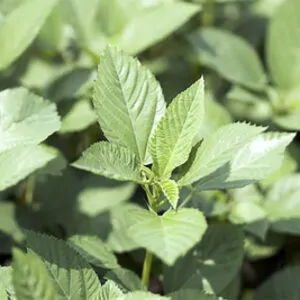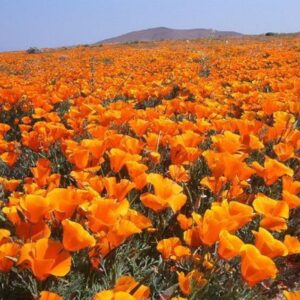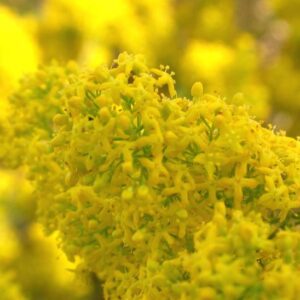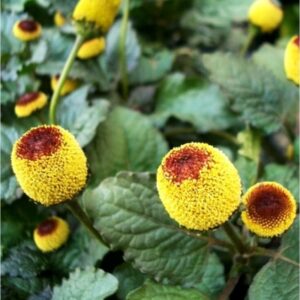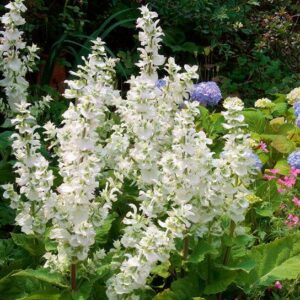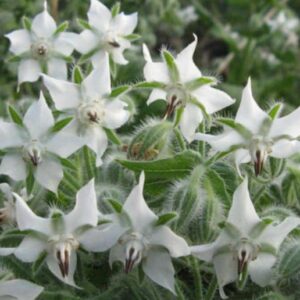$4.30
/ per pack
Choose seeds per pack:
Botanical nomenclature: artemisia vulgaris
Common name: St. John’s wort, true atemisia, common wormwood, mugwort, st jonhs plant, chinese moxa, dream weed, travelers herb, wormwood, dream bush
Family: asteraceae
Origin: Asia
Height: 1.50 – 2.50 meters
Brightness: full sun, partial shading
Climate: see description below
Plant used in: traditional medicine, ayurveda, flower essences, folk medicine, homeopathy, cooking, alchemy.
The genus artemisia includes several plants known and used in medicine, perfumery and the food and beverage industry, such as: artemisia dracunculus (tarragon), artemisia absinthium (absinthe) and artemisia vulgaris (common artemisia, true wormwood).
The artemisia vulgaris species is native to the temperate regions of Europe, Asia and North Africa. It is an aromatic plant, perennial herbaceous with woody roots, whose height varies between 1.50 and 2.50 meters. Its dark green leaves above and with the characteristic silver bottom are 5 to 20 centimeters, the flowers are small and dark red in color.
Artemisia contains an essential oil rich in several substances: cineole and thujone, flavonoids, tannins, saponins, resins, artemisinin and bitter principles. Its known medicinal properties are the analgesic, antispasmodic, anticonvulsant, tonic, soothing, digestive, deworming and menstrual regulator effect.
Artemisia vulgaris has a strong relationship with the female, which is used to regulate the female reproductive system. It is also the herb that goes to moxa, a stick widely used in Chinese herbal medicine to relieve body pain, tiredness and stress. It is also called dream weed by North American Indians, as it would have the ability to stimulate dreams during sleep. In English its name is mugwort. Leaves and flowery summits are used.
A little history: the goddess beer
The Anglo-Saxons call this herb mugwort (derived from mug-mug and wort / wyrt – plant or herb used) because it is one of the most used in artisanal beer making before it was replaced by hops. It turns out that in 1516 the law of purification in Bavaria was enacted which enacted regulations when making alcoholic fermentations, in this case beer. What used to be an alchemical process called gruit that was populated with medicinal, aromatic plants, different fruits, berries and mushrooms, became a simple process that involved only water, barley and hops. Hops – humulus lupulus has sedative properties instead of the euphoric and even psychic abilities of artemisia vulgaris so it has become an easier way to control insatiable spirits who are looking for a connection with the most divine of you.
Note: the ingestion of artemisia vulgaris is not recommended for pregnant women, it can cause miscarriage.
Single stem plant, fern-like leaves, very pleasant aroma, refreshing and slightly balsamic.
Artemisia vulgaris likes to grow on almost all types of soil, even the most alkaline, but has a preference for roadsides and paths, it is a plant that likes to be close to people, show them the way, hence it is called many times the grass of travelers. It is a plant capable of filtering heavy metal soils such as lead, copper, zinc and mineral salts. It can be used as a phyto-remediation agent, since it transforms toxic elements into organic matter.
| Weight | N/A |
|---|
